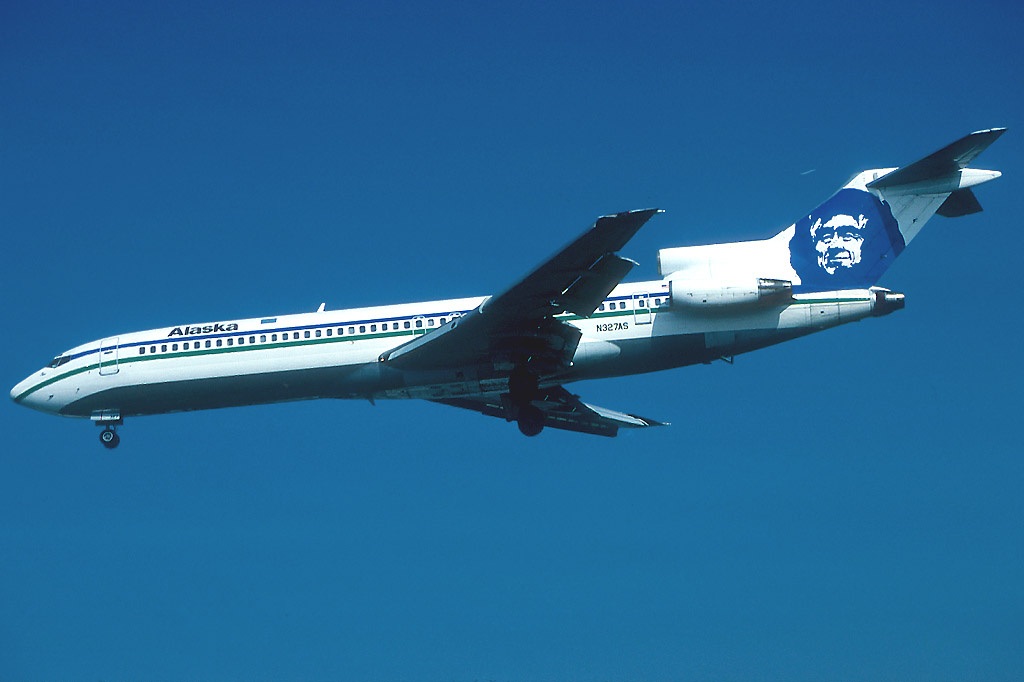
The world of aviation witnessed a unique innovation that seemed straight out of a science fiction novel: Boeing 727-200 airliners equipped with solid rockets for emergency thrust during takeoff at high-altitude airports.

Only a dozen Boeing 727s were ever fitted with this system, all of which belonged to Mexicana Airlines. Mexicana Airlines had the distinctive advantage of operating on various high-altitude airports in its network.

However, the 727-200, as originally designed, would have faced payload limitations due to the possibility of an engine failure during takeoff.

To overcome this issue, Mexicana had to make additional considerations in its operations.

Mexicana took delivery of twelve 727-200s that got around this limitation by having a JATO installation in the lower aft fuselage just behind the wings.

These aircraft could be identified by having a shallow dorsal fairing ahead of the #2 intake that accommodated some of the rerouted avionics and air conditioning ducting that was displaced by the JATO provision.

The aircraft were unofficially designated 727-200/JATO by Boeing and the rocket installation was intended for emergency use only when flying out of a hot and high airport at maximum gross weight.

Without the JATO, the airplane would need to carry less weight to ensure it could safely reach altitude in case of engine failure during takeoff.

By having the JATO provision, Mexicana could operate its 727-200s at full payload. In case of an engine failure past V1, the JATO unit would ignite, enabling the heavily loaded jet to reach a safe altitude and become aerodynamically stable.

